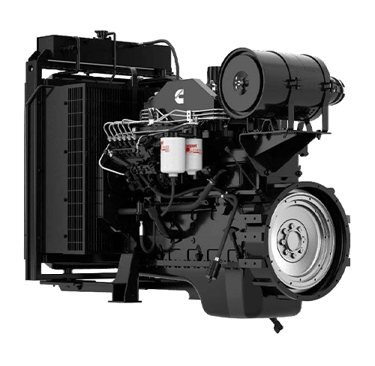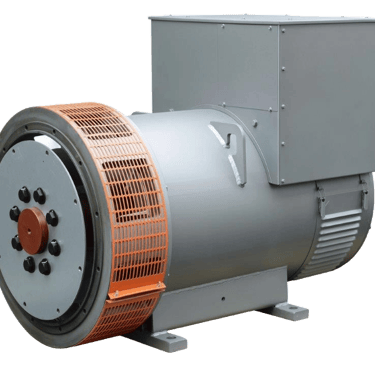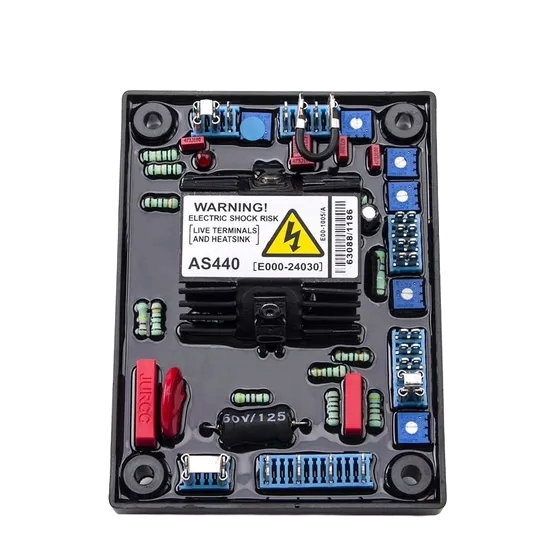Understanding the Generator – A Simple Guide
Discover how generators provide reliable power anywhere — from home backups to construction sites and off-grid locations
GENERATOR
ELEKTRECA
7/25/20252 min read
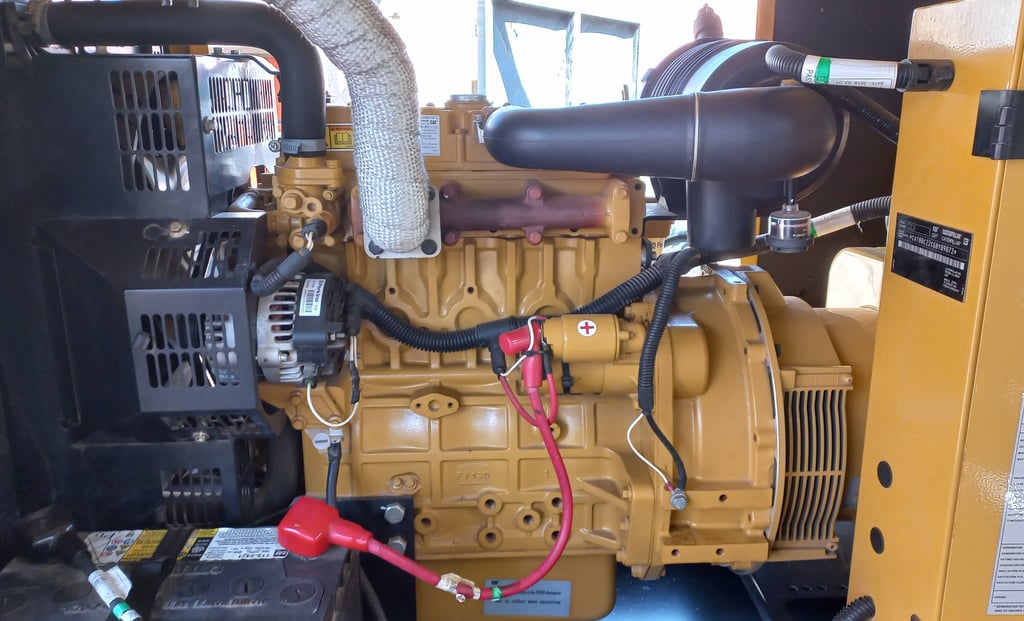

Understanding the Generator
Generators are machines that produce electricity when there’s no mains power. They are very useful during power outages or in places where electricity is not available. Whether you’re using it at home, at a construction site, or in a remote area, a generator can keep your lights on and your equipment running.
How Does a Generator Work?
A generator doesn’t create electricity out of thin air. Instead, it converts mechanical energy (movement) into electrical energy using a process called electromagnetic induction.
When the generator’s engine spins the alternator, it produces an electric current, which is then supplied to your home or equipment.
Main Parts of a Generator (Brief Overview)
The power source of the generator.
Runs on fuel such as petrol, diesel, or gas.
The bigger the engine, the more electricity the generator can produce.
The part that makes electricity.
It has a rotor (spins) and a stator (stationary winding).
As the rotor spins inside the stator, it generates electricity.
Keeps the generator’s output voltage stable.
Protects your appliances from voltage fluctuations.
Cooling and Exhaust System
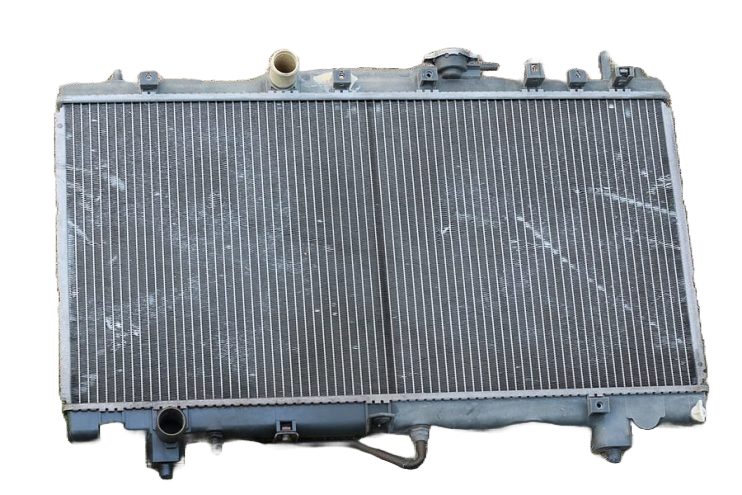

Prevents overheating by removing heat from the engine and alternator.
The exhaust system directs harmful gases away safely.
Why Generators Are Important
Provide power during blackouts
Supply electricity in remote areas
Keep businesses running without interruptions
Support emergency services in disasters
Final Thoughts
A generator may seem like a complex machine, but when broken down into its main parts, it’s easy to understand. At its core, it’s just an engine turning a rotor to create electricity, with supporting systems to keep it running safely and smoothly.

Insights
Connect
info@elektreca.com
+254786927909
© 2025. All rights reserved.


